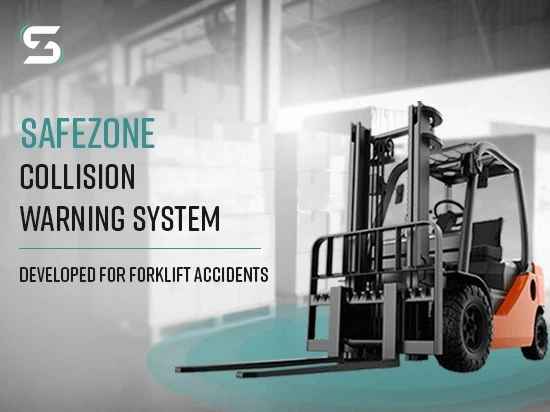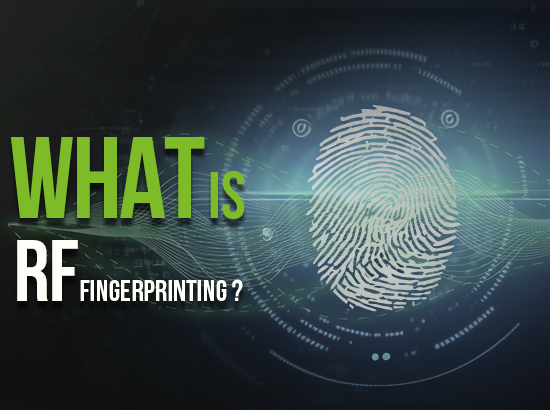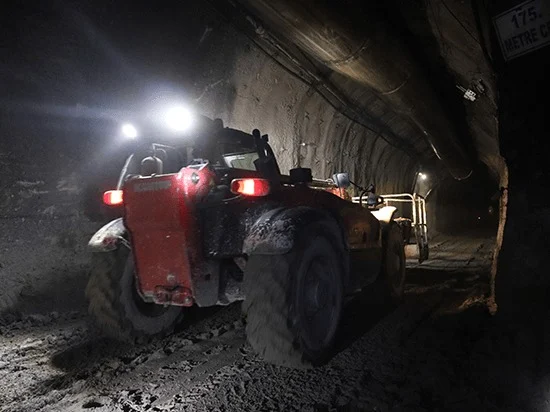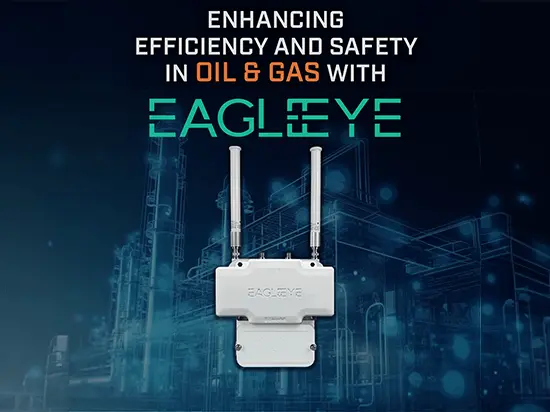How RFID Is Changing Work Safety Practices?
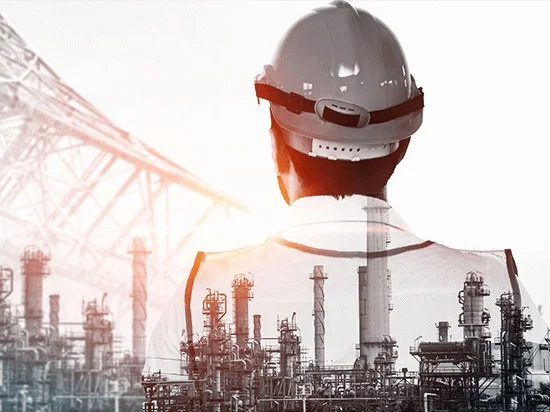
What is RFID?
RFID is an identification system, consisting of the initials of term ‘Radio Frequency Identification’ in English. Thanks to its built-in chip, it is used for saving time and increasing work efficiency by allowing the automatic identification of objects at a certain distance using radio frequencies. RFID has been in our lives for a long time, with different intended uses in virtually all sectors. It is being used to meet any and all needs, ranging from our daily life to all fields of the industry, and to facilitate our lives.
How Does RFID Work?
RFID is a member of the technology group called Automatic Identification and Data Capture (AIDC). Although the history of its use dates back to the World War Two, the first modern RFID patent was granted in 1973. Its intended use is basically recognizing objects, collecting data about the objects, and sharing this data with the relevant software systems.
The RFID systems consist of three basic components. These are the active or passive tag, the anchor, and the antenna. The built-in chip of an RFID tag contains information about the tag itself. This tag is detected by an anchor, and it transmits the information it hosts to the relevant systems by means of the anchor and the data transmission protocol that the anchor operates on.
The system analyses this data, learns to whom or to what the tag belongs, its precise location, its status, and other information, and allows for the implementation of necessary work processes.
What are the Differences between Active and Passive RFID Tags?
The RFID tags are divided into two categories as active and passive tags in terms of hardware.
Passive RFID Tags
The passive RFID tags work as a simple antenna with RFID chips. These tags do not have an internal power supply; when they are in the coverage area of an RFID receiver transmitting radio signals, they are supplied with the power of the signals transmitted by the receiver antenna, and they share data by transmitting the data in the chip back to the antenna. These tags are used in many fields such as the areas where hand terminals are used, the places where inventory must be tracked, the pallets and shelves used at warehouses and logistics areas, and personnel and visitor tracking system cards, and they facilitate our lives.
Active RFID Tags
Contrary to passive tags, the active RFID tags have their own power supplies. These devices can be charged, and provide much more diversified fields of use with their long battery life. While the passive tags can transmit the signals up to 5 meters at the most, the active RFID tags can transmit to much further distances.
Most Common Industrial Fields Where Active RFID Tags are Used
The most important feature of active RFID tags is their ability to transmit continuous and regular signals. Thus, they enable the instantaneous tracking of the equipment, personnel and motorized / non-motorized vehicles by means of real time locating system (RTLS) software, and provide great advantages concerning occupational safety and efficiency.
The data generated by active RFID tags are interpreted by Wipelot’s RTLS software Lotus, which can show the performance and location and produce the footprint and heat maps of the personnel or equipment, and provide suggestions for the most efficient management of the vehicle traffic in a manufacturing plant.
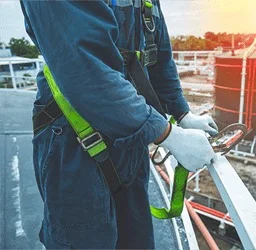
Lone Workers and Danger Zone Workers Safety Systems
Apart from efficiency, the active RFID tags are frequently used for occupational safety. Thanks to the sensors in the advanced RFID tags carried by the personnel, an emergency signal can be sent instantaneously along with the location information of the personnel in case the personnel experiences a potential accident, the personnel’s entry to and exit from forbidden zones can be tracked, the personnel can be appointed as the authorized operator for vehicles such as forklifts, and many other features can be customized.
Social Distancing Tracking and Warning Systems
The active RFID tags, which were used more commonly especially during Covid-19 pandemic, are also often used as a social distancing warning system in order to avoid the labor losses due to contact within the plant. In the case that two persons carrying personnel tags violate the safe distance defined for the work setting, these tags issue vibration, audio or visual warnings.

Collision Warning Systems
The active RFID systems are also used for preventing the accidents between the motorized vehicles and the personnel. Accident warning systems are developed to prevent the accidents causing material damage or personal injury due to the blind spots that are continuously formed around the vehicles such as forklifts and loaders operated at industrial settings such as warehouses, construction sites and mines. The RFID systems installed on the vehicles detect the vehicles and pedestrians located at a hazardous distance around the vehicle, and create warning scenarios for the vehicles or personnel by sending signals to these active tags.
To Sum Up;
The active RFID technologies have developed significantly in the last 10 years. Such development also extended the scope of the industries served, thus providing significant benefits for manufacturing and occupational safety. Industry 4.0, Internet of Things (IoT) and artificial intelligence-based systems increased the pace of development in industry in the last 10 years, and this increase was made possible by the RFID systems at the core of this industrial revolution and its wearable - portable technology.
- Production and asset management tracking systems
- RTLS based health and emergency managements systems
- Container-cargo management and tracking systems in logistics
- Underground personnel and equipment tracking systems and vehicle traffic signalling in mining
- Ambient parameters tracking technologies for petrochemicals industry
- Inventory locating systems in aviation industry
- Digitalized operations in construction industry
and many more industry-based innovations were realized by combining RTLS based on RFID technology with artificial intelligence and IoT technology.
FAQs: RFID Technology's Role in Enhancing Workplace Safety
How does RFID improve occupational safety for lone workers?
RFID enables real-time tracking of lone workers through wearable tags, ensuring their location is always known. In case of emergencies or accidents, the system can trigger alerts with precise positioning, allowing for faster intervention and increased safety.
What makes active RFID tags suitable for safety-critical zones?
Active RFID tags transmit regular signals and contain embedded sensors, making them ideal for hazardous zones. They allow monitoring of unauthorized entries, operator authentication, and automated alerts in dangerous environments such as mines or construction sites.
How can RFID help reduce collisions in industrial facilities?
Collision warning systems use active RFID to detect proximity between forklifts and personnel. If a worker enters a vehicle’s blind spot, the system sends alerts to both the vehicle operator and the worker to prevent potential accidents.
Can RFID technology be used for health compliance like social distancing?
Yes. During the COVID-19 pandemic, RFID-based systems were effectively used for social distancing. Tags issued vibration or audio warnings when workers came too close to one another, reducing the risk of contact-based transmission in workplaces.
Why is RFID important in Industry 4.0 safety strategies?
RFID plays a key role in Industry 4.0 by enabling integration with RTLS, AI, and IoT. It supports data-driven safety applications like heatmaps, incident tracking, and real-time alerts, contributing to safer and more efficient industrial environments.
To learn more about this technology, which makes the digital transformation processes more affordable, reliable and effective, please contact us.
